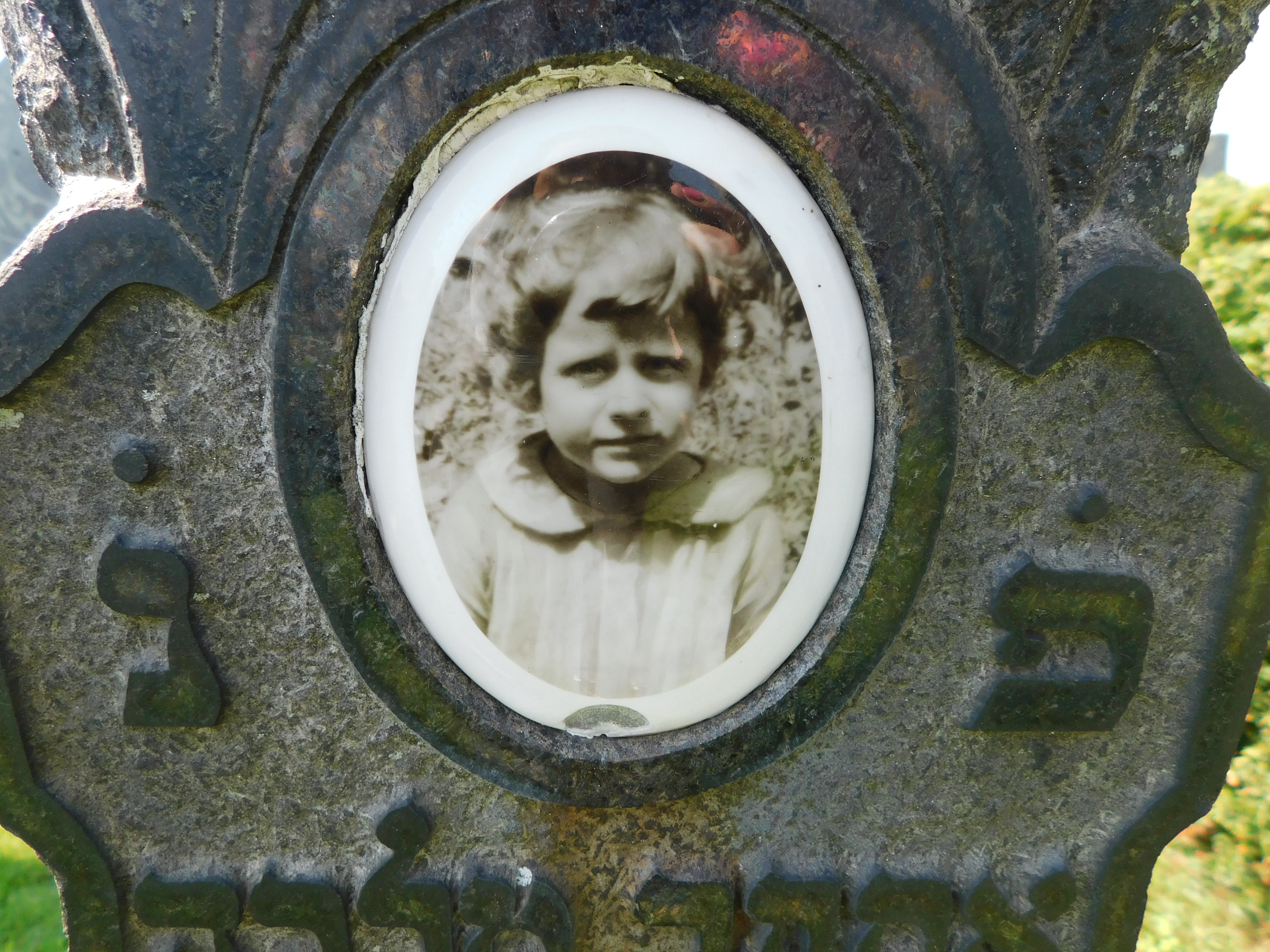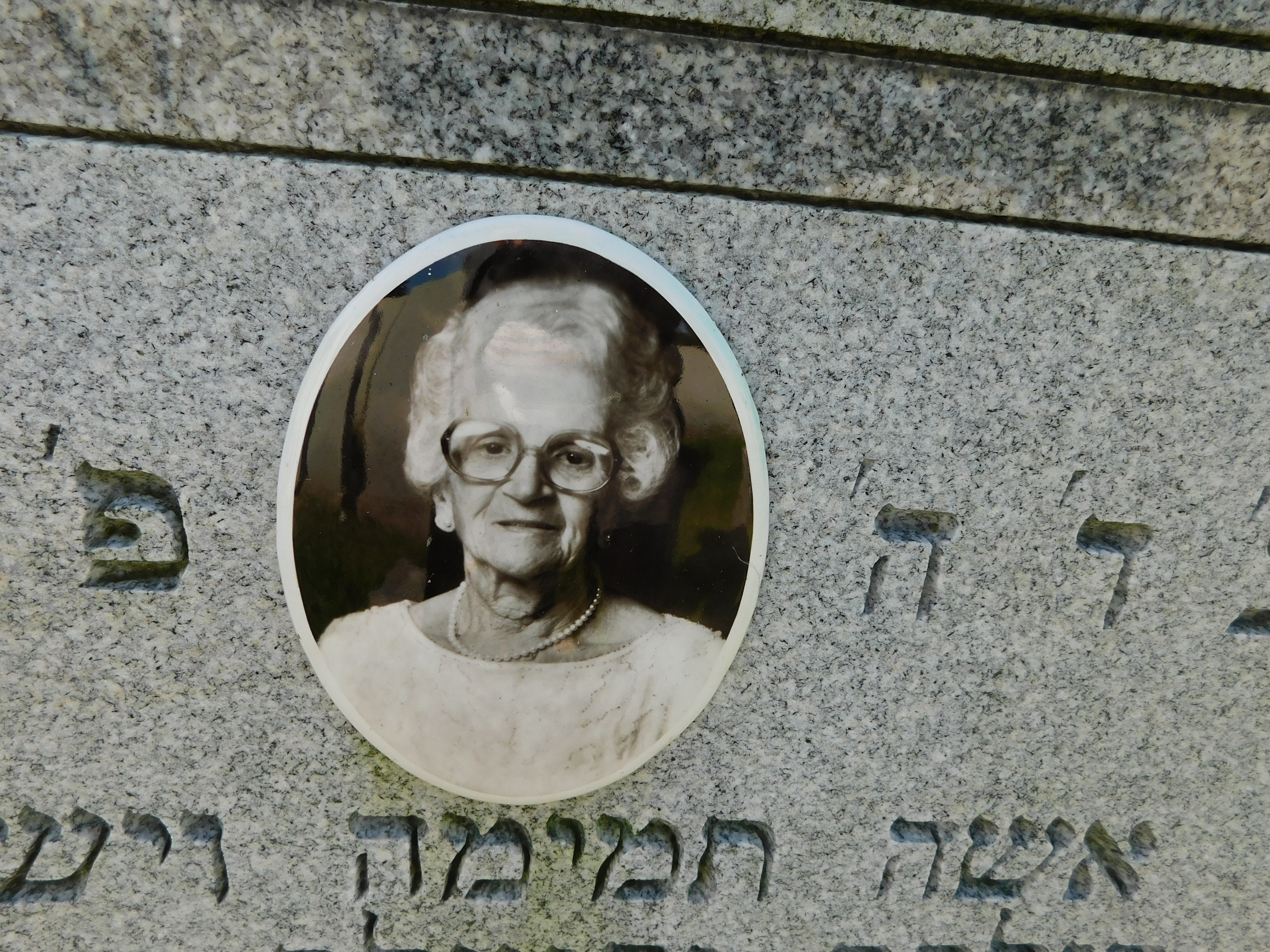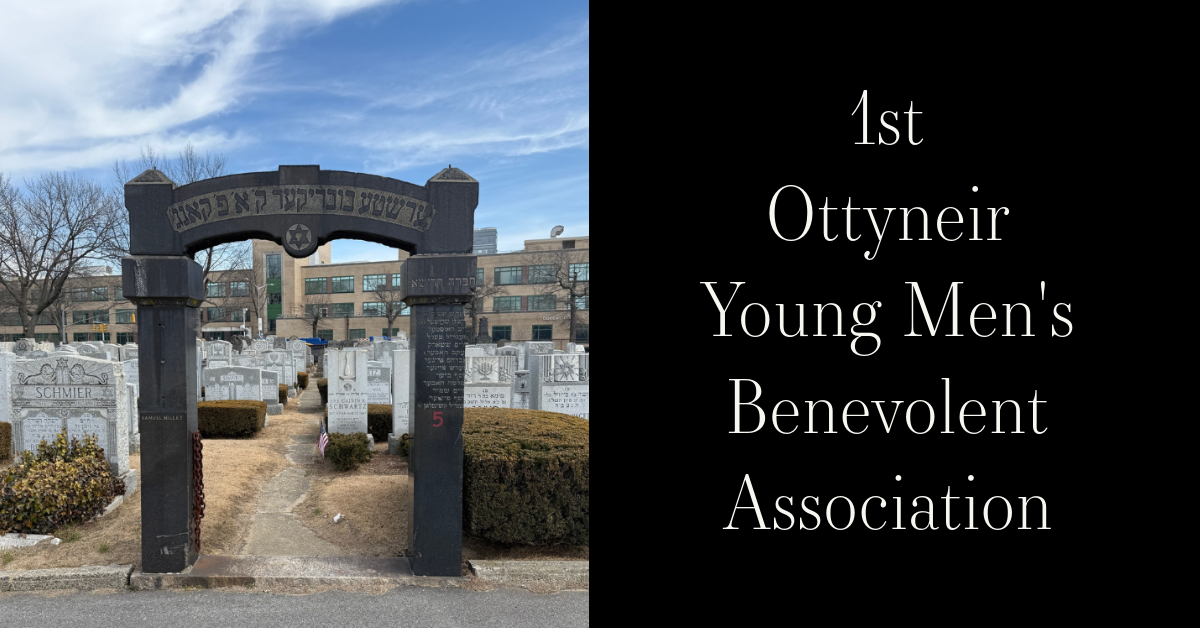Story Summary:
The Mirer Young Men's Benevolent and Educational Society was organized July 5, 1903. "Mirer" refers to the town of Mir in Eastern Europe. Mir was founded in the mid 1300's, sometime before 1345. Jews first started settling in the town in the 1600's. The Jewish population in Mir grew rapidly and by the later half of the seventeenth century, the city was noted as having a large Jewish population. Starting around this time, many of the townspeople were traders and merchants, including many in the town's Jewish population. Later in 1815 marked the opening of the Mir Yeshiva. After its opening many of Mir's Jews made money lodging its students. By the end of the 1800's, the town's population was more than half Jews.
~Blog Writtten by Emily Hazy
The Mirer Young Men’s Benevolent and Educational Society was organized July 5, 1903. “Mirer” refers to the town of Mir in Eastern Europe. Mir was founded in the mid 1300’s, sometime before 1345. Jews first started settling in the town in the 1600’s. The Jewish population in Mir grew rapidly and by the later half of the seventeenth century, the city was noted as having a large Jewish population. Starting around this time, many of the townspeople were traders and merchants, including many in the town’s Jewish population. Later in 1815 marked the opening of the Mir Yeshiva. After its opening many of Mir’s Jews made money lodging its students. By the end of the 1800’s, the town’s population was more than half Jews. By the early 20th century, the Jews of Mir had created a robust community with interest in Torah studies (probably due to the Mir Yeshiva) with cultural assets such a library with Hebrew, Yiddish and Russian books as well sponsors performances of plays by Jewish writers. This was around the time that the Mirer Young Men’s Benevolent and Educational Society was formed. Today, the city is part of Belarus, but was part of the Russian Empire during the time of the society’s founding. Similarly to other landsmanshaftn, this society was created in part to foster companionship with other men with connections to the town. Although the society was likely originally created for this reason, residents of other towns were welcome as long as they enjoyed discussing politics or were Socialists. Many people buried in the Mount Hebron plot were not from Mir themselves, but instead were relatives of members of the society. The society disbanded sometime in the 1980’s.
References:
Kimble, Reeva. “A History of the Jews of Mir, Belarus.” Mir, University of Oregon, June 2018, pages.uoregon.edu/rkimble/Mirweb/MirHistory.html.
“Mirer Young Men’s Benevolent Educational Society.” Mirer Young Mens Benevolent Educational Society 1953, University of Oregon, May 2021, darkwing.uoregon.edu/~rkimble/Mirweb/MirerSociety1953.html.
“Mt. Hebron.” Jewish Genealogical Society, Jewish Genealogical Society, Inc., 2023, jgsny.org/searchable-databases/burial-society-databases/burialsoc-joodb/5587-mt-hebron.
“The History of the Mir Community before the Holocaust.” Yad Vashem, The World Holocaust Remembrance Center, 2023, www.yadvashem.org/exhibitions/mir/before-holocaust.html.
